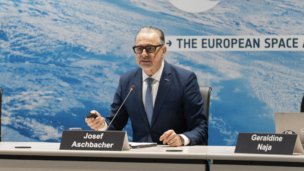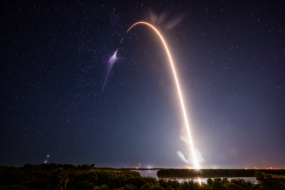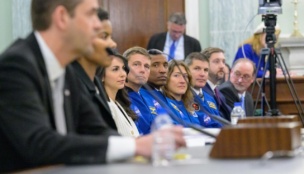NASA is preparing to launch a dual satellite heliophysics mission designed to better understand space weather—and its growing threat to commercial infrastructure.
The Tandem Reconnection and Cusp Electrodynamics Reconnaissance Satellites, or TRACERS, will investigate magnetic reconnection—one of the driving forces behind geomagnetic storms that can disturb Earth’s upper atmosphere, and pose hazards to satellites.
“TRACERS is going to help us build better models of the upper atmosphere so that we can more accurately predict the impact of geomagnetic storms on satellite drag,” John Dorelli, a research space scientist in NASA’s heliophysics science division, told Payload.
The $115M mission will ride to orbit aboard a SpaceX rocket under the agency’s Venture-Class Acquisition of Dedicated and Rideshare (VADR) program. It’s expected to launch this month from Vandenberg Space Force Base.
What a drag: Geomagnetic storms increase atmospheric drag on satellites in LEO, complicating reentry predictions and elevating collision risks, Dorelli said. While the exact economic costs of space-weather-related disruptions can be tough to pin down, “there is a very real economic impact,” especially if satellite missions end prematurely due to decay, he said.
“Better understanding of the details of magnetic reconnection, and its impact on the upper atmosphere, is going to feed directly into better orbital drag predictions—and there’s clearly a need for these from the commercial LEO satellite operators’ perspective,” he said.
Big picture: From satellite ops and aviation to telecom and precision agriculture, space weather events pose significant business risks.
“The May 2024 G5 storm alone racked up an estimated $500M in economic losses, largely from precision GPS outages in farming,” Joe Westlake, director of heliophysics at NASA, said during a media briefing. Westlake added that Earth-based sectors are increasingly reliant on space infrastructure.
Open door: In keeping with NASA’s open data policy, TRACERS data will be publicly available in near real-time.




